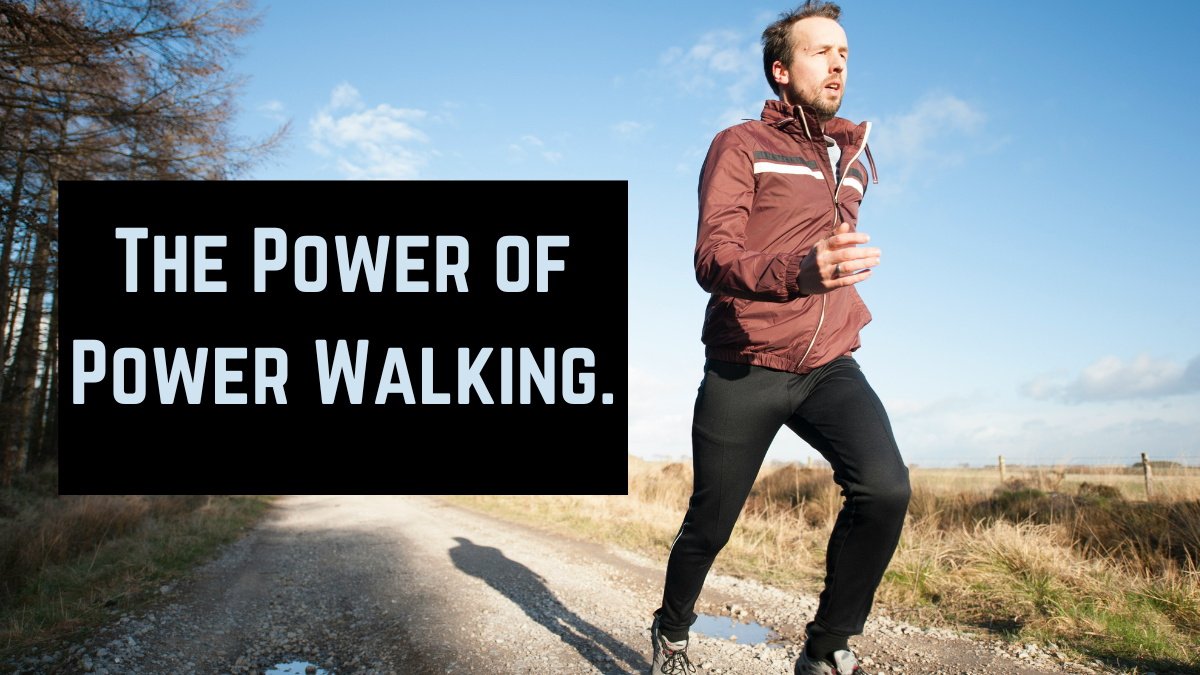Power walking is more than just a casual stroll in the park. It’s an exercise technique that can significantly boost your health when done correctly. In a world where staying fit is becoming increasingly important, understanding the benefits of power walking and how to do it right is essential. This article aims to guide you through everything you need to know about power walking, from its benefits to the correct form and safety tips.
What is Power Walking?
Power walking involves walking at a brisk pace, typically between 4 to 5.5 miles per hour, which is faster than normal walking but slower than jogging. Unlike casual walking, power walking focuses on form, arm motion, and speed. It’s a perfect blend of intensity and simplicity, making it accessible to most people.
ALSO READ: 7 Best Stocks for Long-Term Investing: Secure Consistent Profits in the Stock Market.
Health Benefits of Power Walking
Cardiovascular Health
Power walking can greatly enhance your cardiovascular health. By increasing your heart rate and improving circulation, it helps reduce blood pressure and the risk of heart disease. Studies have shown that brisk walking can lower the risk of heart-related issues more effectively than slower-paced walking.
Weight Management
Combining power walking with a balanced diet is an effective way to manage weight. This activity burns a significant number of calories, aiding in weight loss and maintenance. It’s an excellent addition to any weight loss plan due to its lower impact compared to running.
ALSO READ: Top 10 High-Performing ETFs to Invest in 2024.
Mental Health
Power walking is not just good for the body but also for the mind. It acts as a natural stress reliever, allowing you to redirect your focus from stressful situations. Like other forms of exercise, it promotes the release of endorphins, which improve mood and alleviate symptoms of anxiety and depression.
Cholesterol Levels
Regular power walking can improve your cholesterol levels by increasing high-density lipoprotein (HDL) and decreasing low-density lipoprotein (LDL). This balance helps in maintaining a healthy cardiovascular system and reduces the risk of cholesterol-related issues.
ALSO READ: How Does International Health Insurance Work and Why You Need It Now?
Brain Function
Engaging in power walking can boost brain function and overall mental health. It improves cognitive abilities such as decision-making and memory. Research indicates that regular brisk walking can help stave off cognitive decline in older adults.
ALSO READ: Top Low-Risk, High-Return Investment Strategies for Retirees.
Bone and Joint Health
Weight-bearing exercises, such as power walking, support bone and joint health. It can relieve arthritis joint pain and prevent the loss of bone density, which is crucial for individuals with osteoporosis.
How to Power Walk Correctly
Posture
Good posture is key to an effective power walk. Stand tall with your feet together, lengthen your spine, relax your shoulders back, and keep your gaze forward. This helps prevent backaches and makes breathing easier.
Arm Motion
Keep your arms at a 90-degree angle and swing them gently forward and backward. This natural arm movement helps propel you forward and increases the aerobic benefits of your walk.
Foot Strike
Focus on landing on your heel and rolling through to your toes with each step. This ensures proper foot mechanics and helps prevent injuries associated with improper foot strikes.
Stride Length
Avoid long overstrides as they can increase joint impact and slow you down. Aim for shorter, more controlled strides to maintain speed and reduce injury risk.
Safety Tips for Power Walking
Preventing Injuries
Stretch your hamstrings, shoulders, calves, chest, and back. Drink water before and after your walk to stay hydrated.
Personal Safety Measures
Wear reflective gear if walking in low visibility conditions and carry a flashlight at night. Walk facing traffic where there are no sidewalks and always remain aware of your surroundings.
Choosing the Right Gear
Footwear
Invest in a pair of well-fitting, supportive shoes. Replace them after about 500 miles of use to ensure they continue to provide adequate support.
Clothing
Choose moisture and sweat absorbing fabrics to keep sweat off your skin. Dress in layers to adapt to changing weather conditions.
Power Walking vs. Brisk Walking
While both power walking and brisk walking are beneficial, power walking is characterized by a faster pace and an emphasis on form and technique. Brisk walking is generally slower and less focused on technique but still provides significant health benefits.
Conclusion
Power walking is an accessible, low-impact exercise that offers numerous health benefits. From cardiovascular improvements to mental health boosts, it’s a comprehensive workout that’s easy to incorporate into your daily routine. Start slow, focus on your form, and gradually increase your pace and distance for the best results.
FAQs
How fast should I power walk? Power walking typically involves a pace of 4 to 5.5 miles per hour. Adjust the speed to match your fitness level and comfort.
Can power walking help with weight loss? Yes, power walking burns a significant number of calories, making it effective for weight loss, especially when combined with a healthy diet.
Is power walking better than jogging? Power walking is a lower-impact alternative to jogging that can still provide substantial health benefits, making it suitable for those with joint concerns.
How often should I power walk? Aim for at least 150 minutes of moderate-intensity aerobic activity per week, which can be broken down into daily sessions of about 30 minutes.
What should I wear for power walking? Wear supportive shoes, moisture-wicking socks, and layered clothing appropriate for the weather. Reflective gear is essential for low-light conditions.
Disclaimer: Any health-related tips or advice provided on www.brillianttoday.com are not intended to substitute for professional medical advice, diagnosis, or treatment. Always seek the advice of your physician or other qualified health providers with any questions you may have regarding a medical condition. Never disregard professional medical advice or delay in seeking it because of something you have read on this website. Under no circumstance shall www.brillianttoday.com have any liability to you for any loss or damage of any kind incurred as a result of the use of the site or reliance on any information provided on the site. Your use of the site and your reliance on any information on the site is solely at your own risk.










